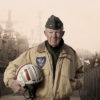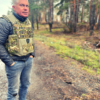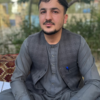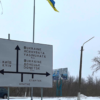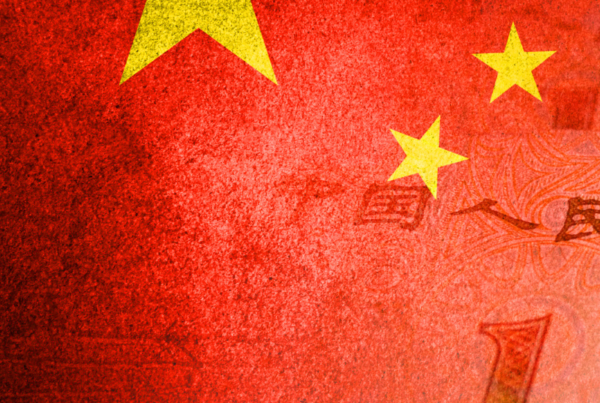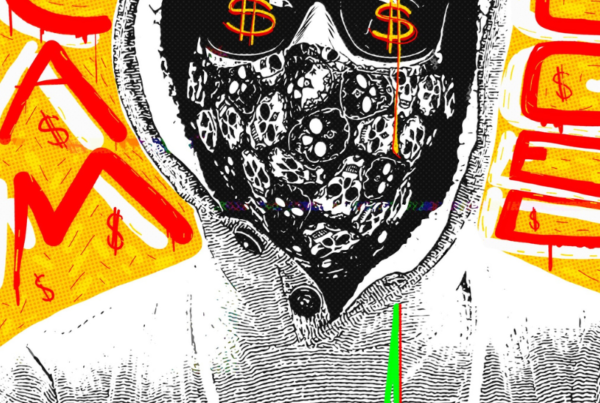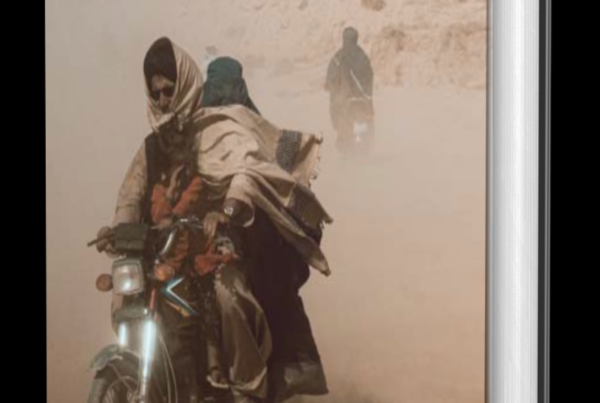GOLAN, Israel – I stood on a jagged rock overlooking the sleepy expanse of Syria, fixated on the height of the sky and the intersection of tiny farming villages so close yet so far from reach. The Israel-Syrian border, known as the Golan Heights, remains deeply controversial, given that Israel annexed two-thirds of the Golan in the War of 1967.
Although the perimeter has stayed relatively quiet, it is marred with decades-old landmines, much distrust and hatred – with one critical caveat.
“For years, Syrians were educated and brainwashed to hate the State of Israel, even though they did not know us,” Lieutenant Colonel Eyal Dror (IDF res.), a fluent Arabic speaker, tells me softly. “For us and for Syria, this was something very new, and for Syrians, this wasn’t easy.”
But something extraordinary happened several years ago at the height of the devastating Syrian War. It reminded me of a schism of light in a dark cloud of bloodletting and a rarely told story: Israel Defense Forces (IDF) established a non-descript hospital along the barbed division separating the two technically enemy states in what would quickly be dubbed “Operation Good Neighbor.”
“Who would have ever thought ten years ago – even eight years ago – that it would be possible for a Syrian boy to be hospitalized inside Israel,” Eyal says, entangled in thought. “But here were hundreds of thousands of Syrians not connected to war left to live in tents because their regime bombed their homes.”
Eyal and a dedicated team of soldiers chose not to stand idly by.
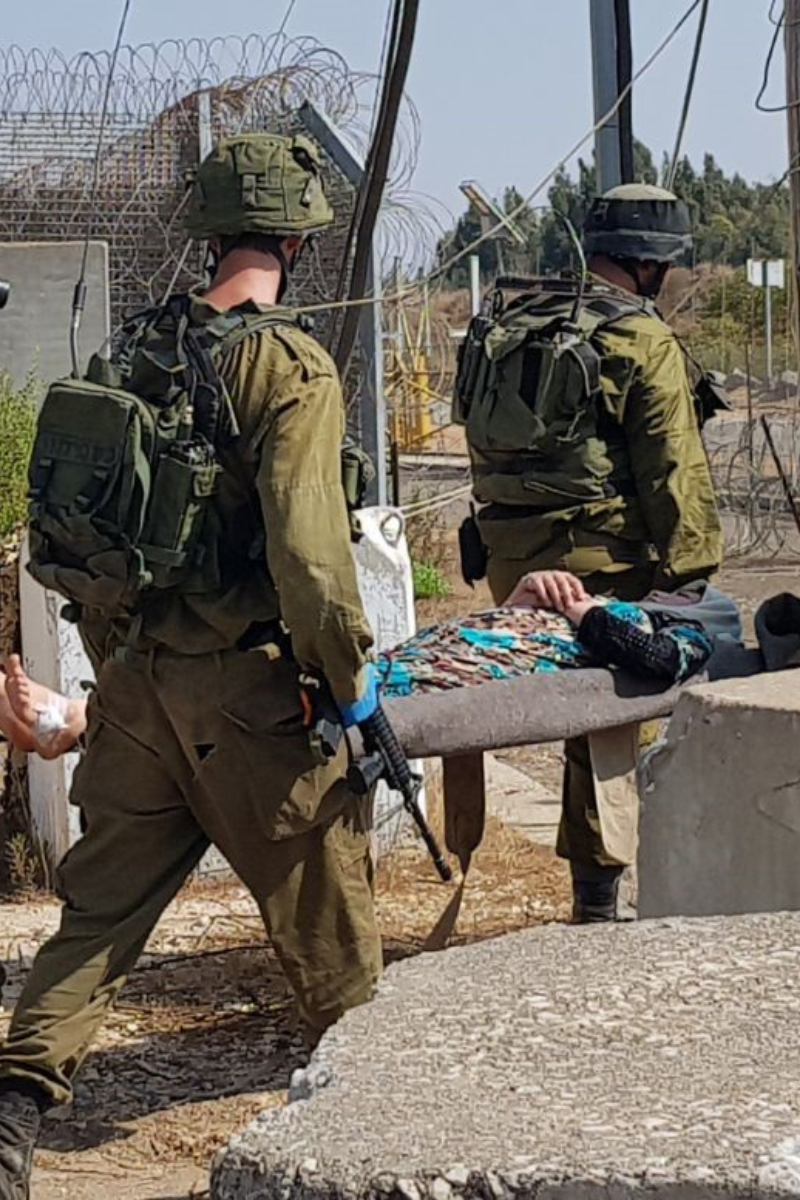
The Colonel stresses that communications between IDF and civilians on the border started organically in 2013 as the conflict escalated. This led to grassroots offerings of help. Then, under his leadership, the IDF initiative was formalized in the summer of 2016 and supported by several Jewish, Muslim, and Christian aid organizations. The grand-scale humanitarian endeavor quickly set about executing more than one hundred humanitarian missions devoted to Syrian civilians thrust into the firing line of conflict, targeted with tanks and bombs by their own government.
For those of us who covered or are connected to this protracted war that ravished much of the beautiful, bleeding place, the mere mention of it still brings out a raw antipathy, a spiraling sense of antagonism, suspicion, and feelings of failure. We tried to tell the world what was happening in the hope that something might change, but it never did. Yet it is in the small slivers, such as Operation Good Neighbor, that we are reminded that with witnessing the worst in humanity, war also brings out the best.
Let’s step back for a moment.
In the sunset days of 2011, as much of the Middle East erupted in democracy-hollering protests known as the Arab Spring. Young Syrians took to the street, their arms filled with flowers and hand-painted signs, calling for reforms in the long-running Assad family rule. But their unarmed demands were met with the hail of bullets and bloodshed, igniting a passionate, rebellious response and the start of the still-humming war that has claimed the lives of up to a million people.
The Quneitra Governorate in southwestern Syria, tucked into the high valley of the Golan near the Israeli border, quickly became an opposition stronghold. Severed from Assad regime supplies, medical care, food, and basic humanitarian needs for survival, the suffering of those living in tattered tents and beneath the harsh elements of open fields became too much for Eyal to bear.
The landmark operation went on to bolster the struggling community with everything from medical assistance and the establishment of a field clinic for standard treatment (termed “Camp Ichay”) to the transfer of water, fuel, generators, and humanitarian packages teeming with flour for bakeries, infant nutrition, shoes, and warm garments.
“Have you ever thought that a coat can be a lifesaver? The mornings and nights are starting to get cold here in the Golan Heights …. Winter is coming …,” Eyal wrote in a reflective Facebook post. “In Syria, children lived in tents without electricity. As part of Operation ‘Good Neighbor,’ we handed over to the Syrian citizens 350 tons of winter clothing. Now, close your eyes and try to imagine heavy rain, bone-chilling cold, a tent dripping with water, and the inability to turn on a heater (because there is no electricity). You will realize how much life we saved thanks to an item of clothing as simple as a coat.”
However, to retrieve that coat, or to step into a clinic run by Israeli soldiers, was an act of bravery for the Syrians. Not only was the civilian population under the gun of their government, but they also risked retaliation should it become known they accepted help from the bitter adversary. Further, the Syrians in need – educated for decades about the evilness of the Jewish State – had to steadily overcome their own barriers to trust and acceptance.
Initially, the notion of help on the other side spread through word of mouth.
“We started treating seven people, and they took huge risks to come to us. But after that, those seven went back into Syria and told more people. From that night, people started to arrive at the border,” Eyal recalls.
The peril in seeking Israeli treatment was compounded by the fact that religious leaders in the area had years earlier issued a fatwa (a ruling on a point of Islamic law) forbidding Syrians from receiving medical aid from those in the Jewish State. If discovered, they would be dangerously perceived as Zionist “collaborators.” Yet, with their own medical facilities destroyed and relegated to little more than a twisted pile of cinderblocks and concrete, anti-government authorities later overturned the fatwa, understanding that there was little else in the way of support and survival.
From Eyal’s purview, such a step amounted to a much more symbolic victory in the brunt of a kinetic conflict.
“Syrians realized they did not need to be afraid of us anymore,” he emphasizes. “They could go back and share the message that Israel is not the enemy.”
Eyal draws upon memories of embattled Syrians marveling at the twinkle of lights and the gushing flow of warm water, remembering that their temporary homes have no electricity and hot water is a thing of the past. He recounts the relief some parents experienced when their diabetic children finally received insulin for the first time in a long time and the grievances families felt in remembering how the Assad government took their taxes only to buy weapons that would later be turned on them.
In the end, Eyal – at the helm of Operation Good Neighbor – directed more than 700 humanitarian assistance missions. He orchestrated the development of a maternity hospital that brought over one thousand newborns into the world and oversaw the dissemination of thousands of tons of food, clothing, and medicine. He also supervised the treatment of almost 1,500 sick children and more than 5,000 wounded civilians evacuated from the nefarious Syrian border.
After more than two years of under-the-radar avocations, Operation Good Neighbor came to a reticent close on September 13, 2018, following the Assad regime’s return to power across all of southern Syria and along the brim with Israel.
The more I talked to Eyal, who had served in the IDF for more than two decades in a myriad of frontline positions, the more I understand that founding Operation Good Neighbor was not just a chapter in a book of storied military maneuvers. It was the pinnacle, the turning point, the apex of realization that there could be no more fulfilling undertaking than this.
“It was the most important thing I did in my military career. After that Operation, I was supposed to continue in the IDF and received the Colonel rank. But I realized after that, it did not matter what I did in the IDF, it would never be bigger than Operation Good Neighbor,” notes Eyal, who now leads a quieter life in a small Kibbutz near the Golan with his wife and three children. “So, I decided to retire and make it my mission to tell people about this Operation. Three years later, I know I made the right decision.”
Although the Syrian quagmire rarely commands news headlines anymore, the fighting – primarily in the northwestern Idlib region and across ISIS sleeper cell pockets in the northeast – drags on. Even in the pockets where the dust has settled, ordinary Syrians face extreme poverty, homelessness, and an all but broken economy. Subsequently, the war has led to one of the most swollen refugee crises of modern times, with some seven million internally displaced or forced to flee the shattered nation they once called home.
Nonetheless, Eyal holds that era at the forefront of his memory and believes that in years to come, when the history books are written and ruminated upon, Operation Good Neighbor will be remembered as a critical moment in restoring relations between two enemy states.
And he is confident that such a wild venture will not be the last.
“The most important thing a person can do in their life is save others. And if there is something just as important, it also gives people in need some hope. As the grandson of a grandma and grandpa who were from Europe and survived the Holocaust, I remember that they were also speaking about how the hope they had for a future kept them alive,” Eyal says. “So, I think what we have done for Syrians has saved lives and given hope.”
He draws a slow, rugged breath.
“Saving one person, one life, can save the whole world,” Eyal adds.




